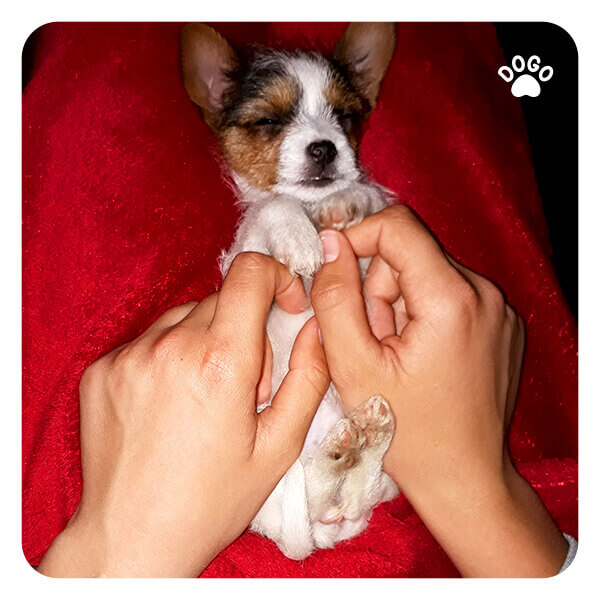 Welcoming a new puppy into your home is an exciting time, but it also comes with its fair share of challenges. One of the most common concerns for new puppy owners is understanding how long their furry friend can hold its pee. Puppies, like human babies, have developing bladders and may not have full control over their bodily functions. In this blog post, we’ll delve into the factors that influence a puppy’s ability to hold its pee and provide some practical tips to help you navigate this important aspect of puppy care.
Welcoming a new puppy into your home is an exciting time, but it also comes with its fair share of challenges. One of the most common concerns for new puppy owners is understanding how long their furry friend can hold its pee. Puppies, like human babies, have developing bladders and may not have full control over their bodily functions. In this blog post, we’ll delve into the factors that influence a puppy’s ability to hold its pee and provide some practical tips to help you navigate this important aspect of puppy care.
Understanding a Puppy’s Bladder Capacity
Puppies, much like human infants, have limited bladder control. When they’re very young, generally under 12 weeks old, their bladders are still developing. This means that they won’t be able to hold their pee for very long. As a general rule, a two-month-old puppy may be able to hold its pee for about two hours. However, this can vary depending on the individual puppy and its breed. Smaller breeds often have smaller bladders and may need to relieve themselves more frequently.
Factors Affecting a Puppy’s Bladder Control
Several factors can influence a puppy’s ability to hold its pee. These include age, breed, size, and overall health. Younger puppies simply don’t have the physical capacity to hold it in for extended periods. Additionally, smaller breeds may have tinier bladders, while larger breeds might have more holding capacity. Moreover, a puppy’s health and diet can impact its bladder control. For instance, if a puppy is drinking more water, it may need to pee more frequently.
Tips for Managing Your Puppy’s Bathroom Needs
As a responsible puppy owner, it’s important to be mindful of your furry friend’s bathroom needs. To help your puppy adjust and manage its pee schedule, consider the following tips:
1. Establish a Routine: Consistency is key when it comes to potty training. Take your puppy outside to pee at regular intervals, such as after meals, naps, and playtime. By establishing a routine, you can help your puppy learn when and where it’s appropriate to relieve itself.
2. Be Patient and Observant: Pay attention to your puppy’s behavior. If it starts sniffing around or circling in a specific area, it may be a sign that it needs to pee. By observing these cues, you can anticipate when your puppy needs to go outside.
3. Provide Adequate Opportunities: Ensure that your puppy has plenty of opportunities to relieve itself. If you’re unable to take your puppy outside due to work or other commitments, consider using puppy pads as a temporary solution.
Understanding a puppy’s ability to hold its pee is an essential aspect of responsible pet ownership. By considering the factors that influence bladder control and implementing a consistent routine, you can help your puppy navigate this developmental stage with patience and understanding. Remember, every puppy is unique, so be sure to tailor your approach to suit your furry friend’s individual needs. With time, patience, and positive reinforcement, you and your puppy can work together to establish healthy bathroom habits.
[/fusion_text]



